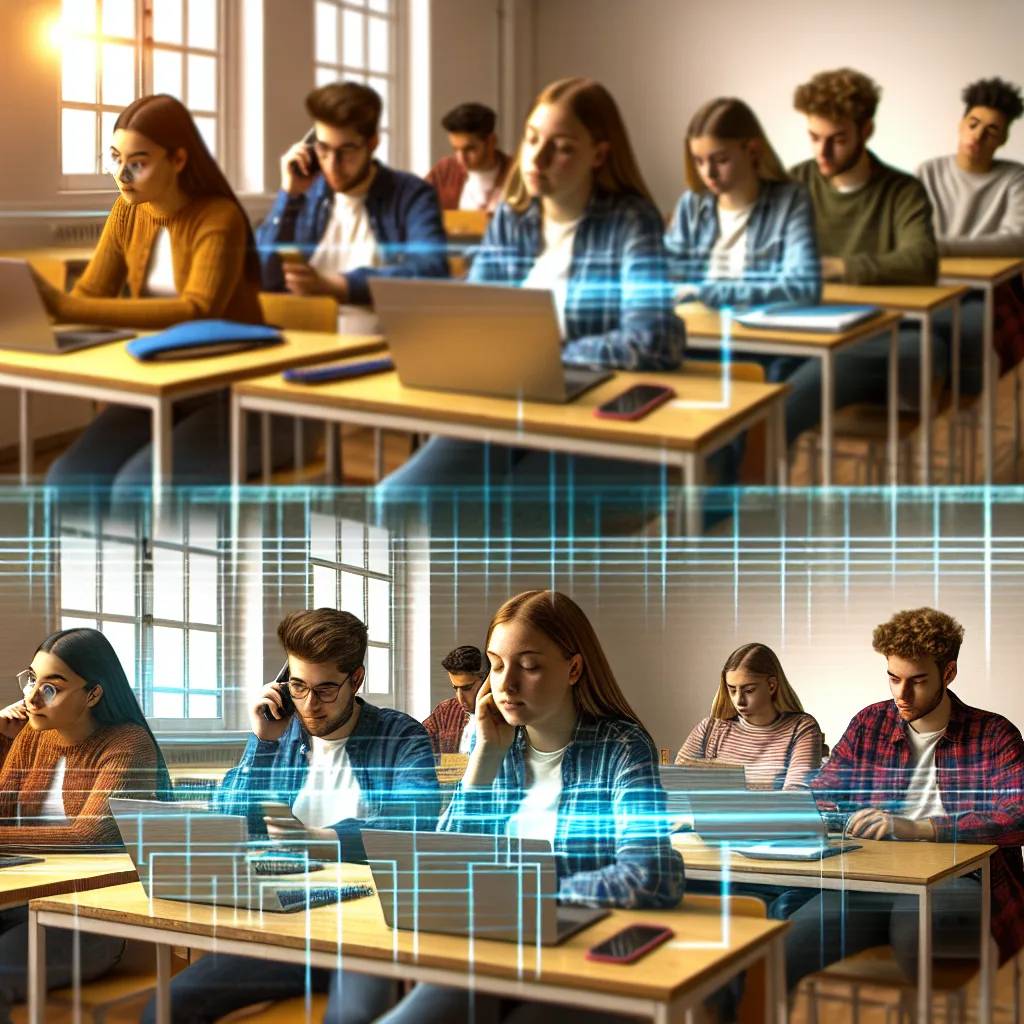How AI Tools Are Changing Education and What It Means for Students
AI in education is becoming a reality that students can’t ignore. As a high school senior in New York, I’ve seen firsthand how these tools are neither just futuristic ideas nor rare exceptions—they’re everywhere. The changes AI brings to classrooms come with benefits but also challenges that reshape what learning really means.
The New Normal: AI in Education
Take a history class discussion on Frederick Douglass’s narrative. Instead of diving into personal reflections or sparking a real debate, some students now paste entire chapters into AI programs like ChatGPT. Out spills a ready-made annotation, which many submit and use during class discussions. What was supposed to be a deep exploration of history’s toughest themes turns into a shallow exchange of AI-generated summaries.
In other classes like Algebra II, homework is quickly scanned and uploaded to AI tools that generate solutions in moments. The result? Assignments are done—but what’s lost is the struggle, the problem-solving process, and the satisfaction that comes from figuring things out yourself.
The Impact on Student Experience
Before AI, there was this shared feeling among students—you know, rushing to meet a deadline, all typing frantically just before 11:59 p.m. It wasn’t perfect, but there was a sense of urgency and camaraderie in those moments. Now, deadlines have lost some of their teeth. AI softens the pain of procrastination by offering instant answers, so many students skip the work altogether.
This is more than just about cheating. It’s about a shift where completing assignments feels detached from learning. Students may get their grades, but they miss out on important lessons: discipline, critical thinking, and internal growth. Why put in the effort when a machine will do it for you and still get you an A?
Balancing AI Use with Personal Growth
AI tools, when used responsibly, can be powerful learning aids—offering new ways to explore concepts and help with tough problems. But if we rely on AI to do all the heavy lifting, the core purpose of education erodes. The real challenge is finding how to use AI to support—not replace—our thinking. We want to grow our skills, not outsource them.
Teachers and students alike are realizing this balance is crucial. Some schools are rethinking assignments and tests to emphasize creativity, analysis, and personal insight where AI has less sway. That’s a hopeful sign.
Why AI in Education Matters to Us All
This isn’t just about students cheating or cutting corners. It’s about preserving the value of education in a world where instant answers are just a click away. AI in education changes the way we learn and connect with knowledge, and it calls for new approaches to keep students engaged and growing.
For anyone curious about how AI is reshaping schooling, resources like The Atlantic’s coverage offer deep insight. To understand how AI tools like ChatGPT work, OpenAI’s official site is a great start, and for educators, EdTech Magazine shares practical tips on blending technology and teaching.
AI in education is not going away. How we respond to it will decide if it helps us learn or if it simply makes learning easier but emptier.
As someone navigating this world, I’m hopeful that we can use AI to enhance education without losing the human element that makes learning meaningful.
